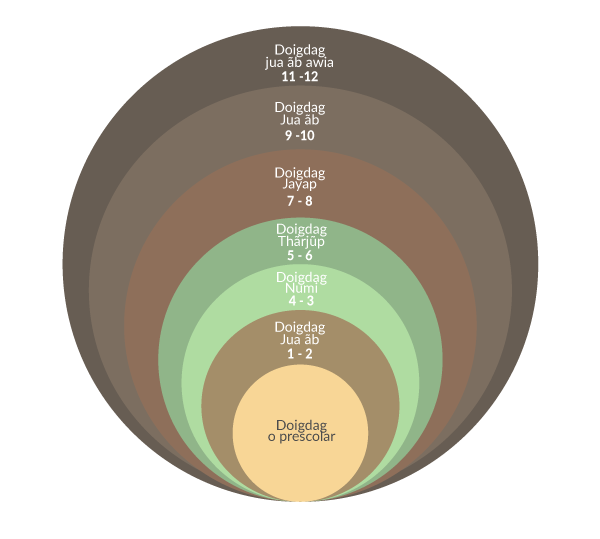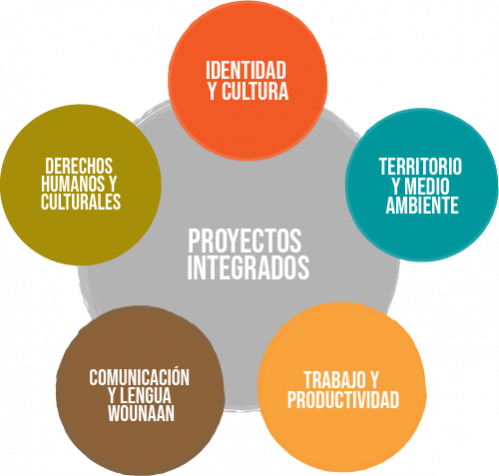The answer is yes, DEET can cause seizures in dogs. DEET is a compound that has been used for many years as an insect repellent and has generally been considered safe for humans, but it is not as well studied in animals. In some cases, DEET has been found to be a neurotoxin and can cause seizures in dogs if ingested or come into direct contact with their skin.
It’s important to use caution with any chemical product when using around dogs, and DEET should always be used under supervision, applied properly, and never ingested by the dog. It’s also important to consult with your vet before using any chemical on your pet or in the environment they live in; they may advise against this type of product depending on your situation. Additionally, there are other products available that might be preferable such as natural oils like citronella or even certain shampoos or dips that can be safer alternatives.
What is DEET & why it is used
DEET is the acronym for N,N-Diethyl-meta-toluamide, and it’s an active ingredient in many insect repellents. It works by masking scents that are attractive to pests and making them less likely to bite. It’s recommended for use when you are outdoors and there’s a risk of mosquito bites and/or other insects, as it can protect you from diseases like Lyme disease, West Nile virus, malaria, and other insect-borne illnesses.
However, DEET might not be safe for dogs. Dogs have different metabolisms than humans and may process DEET differently than we do which can lead to serious seresto collars health complications like respiratory issues, seizures, heart problems or even death in some cases. For this reason, when using DEET around your dogs you should be especially careful – apply cautiously and only on exposed skin. Keeping your pet away from areas where DEET is being used is also advised if possible.
Can DEET negatively affect dogs?
Yes, DEET has been known to negatively affect dogs. While DEET is approved by the Environmental Protection Agency (EPA) for use on humans to repel mosquitoes and other bugs, it is not recommended for use on animals, including cats and dogs. Studies have shown that DEET can be toxic if ingested even in small amounts. Vets suggest using natural bug repellants instead of products with DEET when trying to keep pests away from pets.
DEET can cause seizures in dogs if it is ingested or applied topically at high concentrations. In worst cases of ingestion, potential side effects include depression, tremors, drooling and ataxia (loss of motor coordination). Death has even occurred after large amounts of DEET were ingested. Therefore, it’s important to avoid letting your dog ingest any product containing DEET or apply products with a high concentration onto your pet’s skin or fur.
Possible symptoms in a dog that has ingested too much DEET
If your dog has ingested too much DEET, you’ll need to act fast. Some of the possible symptoms to look for include seizures, vomiting, salivation, dilated pupils, disorientation and lethargy.
It’s essential that you get your dog to the veterinarian as soon as possible if you think he may have ingested too much DEET in order to avoid any long-term issues. Once there, your vet can start a treatment plan to help alleviate the symptoms and counteract any further damage from the poison.
The vet will most likely perform a physical exam and take blood work or urine tests in order to discern how much DEET is circulating within the bloodstream. If needed, they may also run scans such as MRI or CT scans in order to find out if there’s any neurological damage.
Once everything is complete and all risks are taken into account, the vet will prescribe an appropriate course of treatment depending on your pup’s individual circumstances. This could include medications such as anticonvulsants or fluids administered intravenously in order to flush excess toxins out of the body.
Are there any other health effects of DEET use on Dogs?
Unfortunately, DEET can cause additional health effects in dogs beyond seizures. First and foremost, exposure to DEET can cause skin irritation and rashes in dogs. If your dog ingests or is directly exposed to DEET, they may suffer from vomiting, stomach upset, excessive drooling or appetite loss.
Another major concern with DEET is that it is a neurotoxin and can have negative effects on your dog’s nerve cells over time. This can result in neurological symptoms such as tremors, dilated pupils, stumbling gait and confusion.
Finally, DEET can impact the liver of dogs, leading to an increased risk for abnormal organ function and permanent damage if not addressed quickly enough. It’s best to consult with your vet if you are concerned about any potential negative effects from using DEET on your dog’s paws or coat.
Tips for minimizing potential risks when using DEET on your pet
When using DEET on your pet, you want to minimize the potential risks associated with this pesticide. Here are a few tips to help you do that:
1. Use only a small amount of DEET and apply it sparingly. Only apply enough to cover the skin and avoid contact with areas such as eyes, ears, and any open wounds or cuts.
2. Don’t use any more DEET than is necessary for protection. Too much can be toxic for both humans and animals alike.
3. Make sure your pet isn’t able to lick off any of the solution after application as ingesting too much DEET can cause seizures in dogs. Discourage them from licking themselves by keeping them in a cool spot while they dry after application, or rewarding them with treats when they don’t lick themselves afterwards.
4. Do not allow young children or pregnant women handle or be exposed to DEET in any way due to its toxicity levels when ingested or touched in large quantities.
Following these tips will go a long way in helping keep your pet safe while using DEET products!





